10 Things You Can Do to Make a Vehicle Last Twice as Long
Twenty-two years ago, in Sept. 2001, my husband and I bought a new 2002 Chevy Silverado. For 14 of those years, it was our only vehicle. Our goal from day one has always been to make it last longer than any vehicle we’d ever owned—maybe even twice as long.
As I write, we still own this truck. It’s moving in on 300,000 miles—still running great and still on its original front brakes.
This truck has turned out to be really cheap transportation. And the longer we drive it, the cheaper it gets, considering its per-mile cost.
Most cars and trucks are built to last far longer than we can imagine. And when all is said and done, the difference between a clunker and a cream puff comes down to how well its owner has taken care of it.
According to Eric Lyman, chief analyst at TrueCar, “The average lifespan [of a car] is now almost 12 years,” says Lyman. By that statistic, we’re well on our way to even doubling that statistic!
Practice the following, and it’s reasonable to believe you can double your car’s useful life and spend less time visiting your mechanic, all the while putting off buying a replacement car.
1. Practice preventive maintenance
Research by major car manufacturers reveals that neglect of routine service and maintenance is the number one reason for major car repairs. Routine maintenance doesn’t cost; it saves money, aggravation, frustration, and lives. Pay attention. Anticipate maintenance so you don’t have to pay for repairs.
2. Estimate, estimate, estimate!
When it’s time for a major repair, get at least three estimates before you proceed, if possible. Don’t judge who will make this repair only by the lowest price; judge by competence, ability, experience, equipment, and after-service care.
Bonus Tip
Keep your vehicle repaired and well-maintained. Little things like an oil leak, broken latch, or stubborn window all add up. Take care of things as they happen, no matter how small and seemingly unimportant.
3. Stick with a great mechanic
When you find a good mechanic you trust, stick with him or her even if the prices are a bit higher. All things being equal, you’ll save time, money, and aggravation in the long run. Plus, your mechanic will get to know your car more intimately.
4. Keep it clean
It’s true. A clean car lasts longer because you are routinely washing away contaminants, which cause corrosion. It feels good to slip behind the wheel of a sparkling, clean car! Drive a vehicle that’s shiny on the outside, pristine on the inside and you find yourself effortlessly treating it with more respect and love!
“When you look good, you feel good, and when you feel good, you do good.”
5. Heed the manual
The Owner’s Manual for your vehicle (you can find it online if you’ve lost the original) is your bible for making your car last longer. Read it. Know what to expect and how to head off trouble. And be sure to keep it in the vehicle.
6. Undercover
Statistically, we know that a garaged car lasts the longest, a carport is the next best, and a car cover is close behind. If you can’t garage, carport, or cover your car, park under trees or any covering to protect it from the damaging rays of the sun and other harsh weather conditions.
7. Take it easy
Avoid jackrabbit starts and stops. Stop and accelerate gradually. This will save gas, and conserve wear and tear on your brake linings, transmission, and suspension.
In extremely slow or stop-and-go traffic, don’t ride the brake pedal. This wears out your brake linings prematurely and wastes fuel. And it annoys the drivers behind you to no end. It’s best to shift into a lower gear.
8. Keep it full-ish
Avoid running your car with the tank low on gas. Keeping the tank low increases the chance that sediment dirt, water, and moisture that sit at the bottom of the fuel tank will be drawn into your fuel system. That’s engine damage just waiting to happen. This is bad for your vehicle.
But that’s not the only reason you should always keep the fuel gauge above half. Running out of gas increases the chances of getting in an accident as a result of the sudden loss of power and resulting exposure to traffic should you find yourself in the middle of a lane or even on the side of the road.
9. Mind the oil
Regular oil changes according to the manufacturer’s guidelines are the most important thing, dollar for dollar, you can do to protect your engine and make it last longer.
Generally, cars and trucks used to require oil changes every 3,000 to 5,000 miles, depending on the make and model. If yours is younger, the requirement for oil change could be quite different. And there you have just one more reason to become intimately familiar with that Owner’s Manual.
Always err on the side of changing the oil too often than run the risk of failing to change it often enough.
10. Lighten up
The more a car weighs, the harder the engine, transmission, brakes, and suspension have to work. While cars are designed to carry extra weight, over the long term, any additional strain will unnecessarily shorten its lifetime.
Don’t use the trunk for a mobile garage. That is not a good place to store a 100 lb. bag of sand, that square of roof shingles or every piece of sports equipment you own. Keep it as light as possible.
Follow these suggestions, and you, too can look forward to doubling your vehicle’s useful life!
Updated and Republished 9-5-23
Question: Got a great story or vehicle longevity tip or trick? Share it in the comments area below!

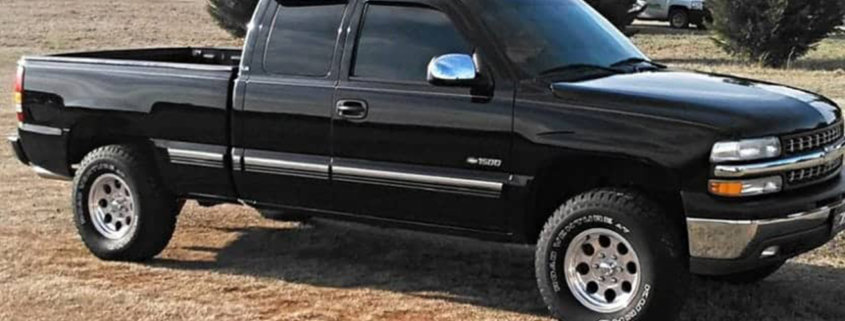

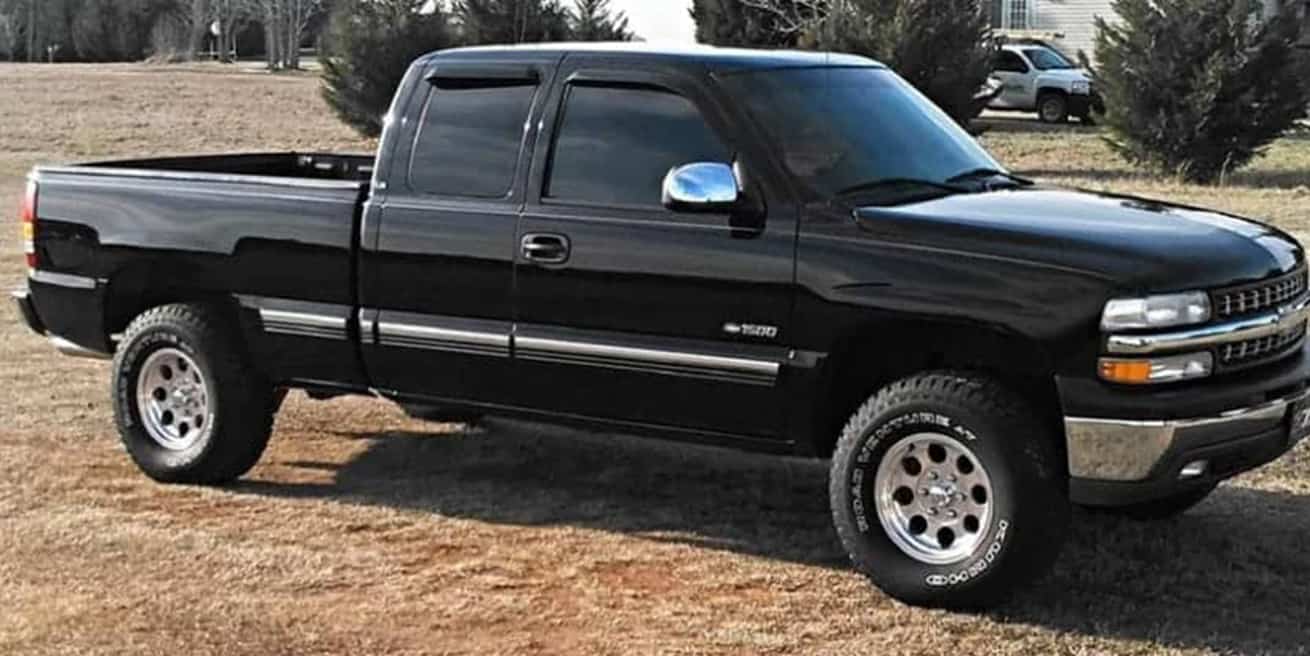

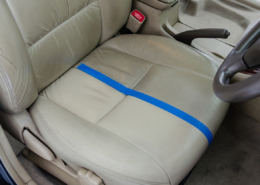
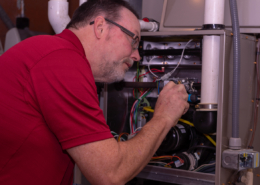


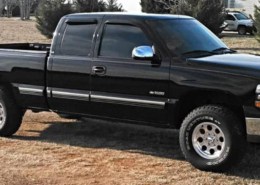
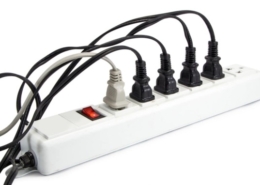
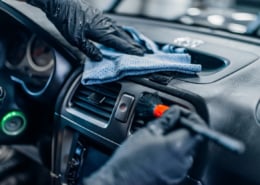

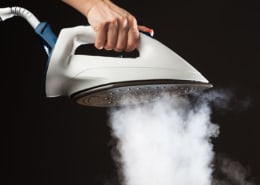


I’d love for you to keep the “Ask Me Anything”. Soooo many useful tips there! Thanks.
We have a 2000 Chevy Silverado named Ol’ Blue, with 223,500 miles. We love that truck. It’s pulled tractors, trailers and campers for family vacation. And helped teach many young kids to drive. I can’t imagine not having it on our life’s. Love it that you have the same truck.
I agree with and do all of the above. I would also add that I start a binder whenever I buy a new vehicle and put every receipt of everything I do to the car in that binder–pms, oil changes, wipers, accessories–everything! It’s very helpful if taking the vehicle to a new mechanic, etc. It’s also VERY important when selling the vehicle. It puts the buyer at ease knowing the entire history. I also put tiny labels inside the upper left of my front window to remind myself of oil changes, pms, tire rotation, etc.
Sue, Putting receipts and list of other info in a binder are great ideas. I will start using a binder. I also find it useful to jot down on 8 x 11 paper dates of oil change, repairs and other maintenance that were done so that I don’t have to go thru receipts to find info I’m looking for. One time, I had maintenance done and did not realize job was already done a few months ago from a different auto shop. I wasn’t keeping track but now I am. Thank you.
We change our cars’ oil every 5,000 miles. Years ago I started changing the oil on the multiple of 5’s schedule…25,000 miles, 30,000 miles, etc. This simplifies remembering when to get an oil change.
I drive a 1990 Subaru Justy with many many miles on her. My trusted mechanic is my wonderful husband who keeps me on the road. I wholeheartedly agree with all your points, especially the preventative maintenance! I also have a friend who has a tire changer, which saves us about 60% on the cost of tires. We reward him with home cooked meals for his trouble.
Two years ago our son purchased a Subaru. Another driver ran a red light and hit him head on. He had a few bloody knuckles and bruised shins but we believe the car saved his life. He replaced that Subaru with another one. Then when the transmission went out on my car and couldn’t be replaced, I bought a Subaru and LOVE it. We are forever Subaru owners now.
My 20 year old Tahoe has 235,000 miles on it, It gets a synthetic oil change every 5000 miles whether it needs it or not:-). The engine runs so quiet, sometimes when I am stopped I am not sure the engine is running. The only thing annoying is the fact that our wonderful government (sarcastic) charges me an extra $9 for the age of the vehicle!! Just got my license renewed and seeing this charge was a shocker.
Is the extra charge because of it being considered a “classic” or a “show car”? If so, appeal it. Explain that it’s your everyday vehicle or emergency vehicle and that it’s not being shown as a classic..
No, it is a “fee”,since they say older cars pollute more.
I have one more suggestion. If you live in a “cold” State with lots of snow and ice and salted streets, be sure to get a car wash at least once a month, more if weather is bad. Go to a car wash that has under body washing to get all that crud and salt washed away. This will help prevent a build up of rust that is the unseen destroyer of cars.
Super idea!
My mother’s ’95 Achieva is still going strong but underbody has rust. I definitely believe that even though you garage your car that in areas that use salt on the road in the winter the underbody needs washing frequently.
It’s so frustrating that we are punished for owning and maintaining our older vehicles. My sister now owns our grandpa’s 1974 3/4 ton Ford pickup. Our family inherited it when our grandpa passed away. It was the first vehicle for me and my sisters as we each got our drivers license. It’s quirky but fun to drive. So often people stop to ask “how much”. It will never be for sale. One of us will always own it.
About parking under trees: Then you have to decide which is worse, bird poop and/or falling limbs and copious amounts of tree — or the sun.
Keep it clean would be my response. You can wash off debris and poop, but sun damage is not reversible.
Thought about the same things kcjmc. Birds in my parking area are notorious for dropping their poop on my vehicle (yuk). I also get nervous of falling limbs parking under trees especially during a rain storm.
Bird poo is also extremely acidic. Tree sap is another major problem parking under or near trees. Both destroy the finish on a car!
And certain trees you can park under drop a lot of sap so you can never keep it clean.
mary, thanx for all the tips u provide each day. i tried your link for the are and maintenance of the fire extinguisher. link is not working. pls see if this is the correct. thanx again. peggy
I drive a 2003 Honda Accord with 240k miles on it. I do synthetic oil on a schedule and use Marvel Mystery oil with every gas fill (at the beginning) which really makes a difference in how well this car drives. It may not look great but I’m confident I’ll give it to the next person and they will get many more miles as well.
I have 480,000 miles on my Toyota Prius. I took it to the dealer while it was under warranty for all scheduled maintenance and I get the oil changed every time it is due. I just took it in for a tune up and to check the AC. It looks like it will make it to 500,000.
Wow! That’s amazing!
oh, my…you make me miss my old Prius.